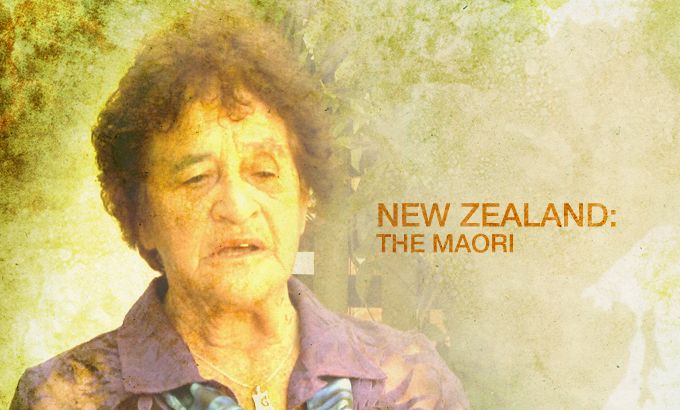
New Zealand: The Maori
One model for reviving dying languages focuses on immersing children and their parents within the Maori culture.
An internationally acclaimed model for reviving dying languages was pioneered in New Zealand by the Maori community. The Language Nests are kindergartens for children and their parents where they get the chance to speak to elders and other Maori in a warm, homely, tribal environment.
Around the world it is today’s adult generation that has suffered the greatest damage in terms of language deprivation. The solution in the Maori communities is to let elders communicate with young children and their parents at the same time. Rather than teaching, it is a process of immersing oneself within the Maori language and culture.
Keep reading
list of 4 itemsInside the pressures facing Quebec’s billion-dollar maple syrup industry
‘Accepted in both [worlds]’: Indonesia’s Chinese Muslims prepare for Eid
Photos: Mexico, US, Canada mesmerised by rare total solar eclipse
“Before Maori moved to the big cities, this is how they used to live amongst their own tribes,” says Jade Robson, one of the many thousands of Language Nest graduates. “You’ve heard the phrase: It takes a village to raise a child.”
The first Language Nest opened in 1982 and they can now be found in hundreds of places around the country. The model has been put to use in Hawaii as well. But it is costly, and there have been controversies in New Zealand with studies claiming that the Language Nests do not meet the standards for early childhood education.
The proportion of Maori people actually speaking the language is now around 25 percent – up a few percentage points since the early 1980s. It might look like a meager result, but according to linguist Christopher Moseley it should be considered a success.
“Compared to how quickly a language can disappear, in just one generation in extreme cases, the figures are good,” he says. “They are actually quite encouraging.”